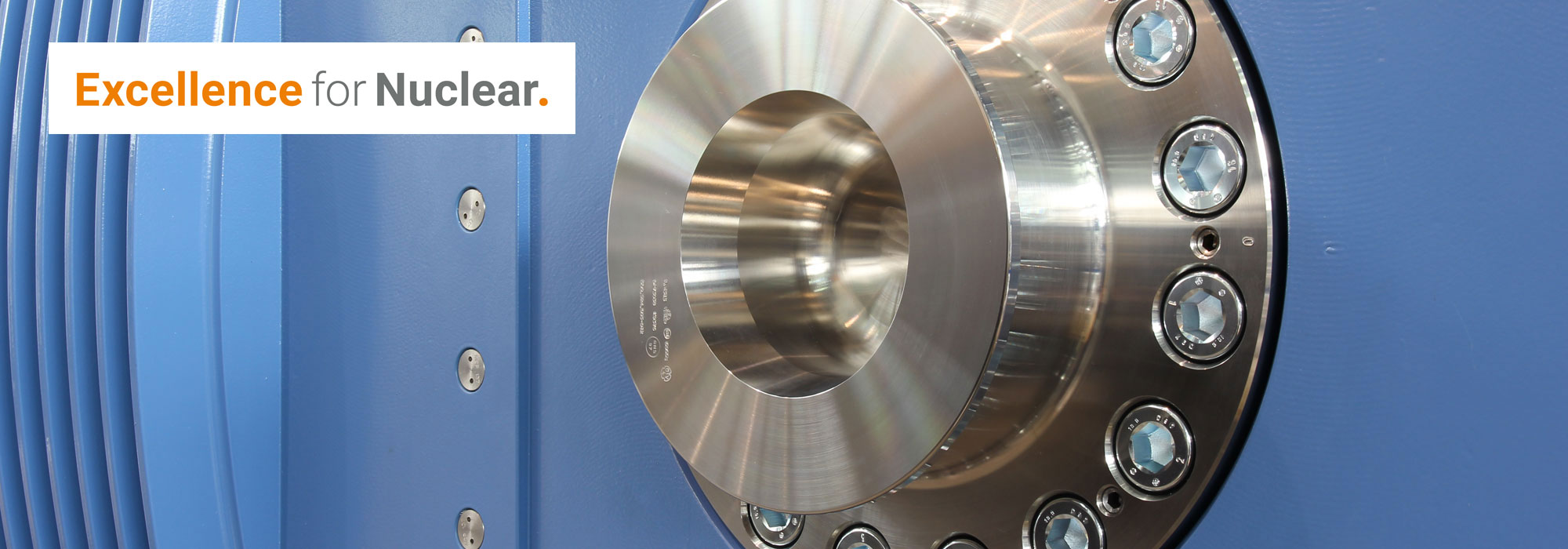
For the safe transport and interim storage of spent fuel elements and later also waste from reprocessing, GNS developed the world's first combined transport and storage cask more than 40 years ago: the CASTOR®. Today, more than 1,500 casks of the different CASTOR® series have been loaded and stored all over the world.
The technical principle of CASTOR® casks is that all safety functions required for transport and storage are fulfilled by the cask itself:
The radiation emitted by the radioactive inventory is reliably shielded by the cask body together with the moderator materials inserted. The casks are closed with two lids. This "double lid system" guarantees safe containment of the radioactive inventory. The tightness of the casks is permanently monitored. Fuel assembly support baskets inside the casks ensure heat removal from the fuel assemblies and, in particular, subcriticality of the fissile materials still contained in the irradiated fuel assemblies. The heat emanating from the inventory is reliably dissipated, among other things, by cooling fins on the cask body.
With the help of the unique GNS quiver system, special fuel assemblies stored in the storage pool until final shutdown and damaged fuel assemblies can also be loaded directly into the CASTOR® fuel assembly casks in order to achieve the fuel-free condition required for dismantling.
The casks are designed to withstand even extreme external impacts, such as transport accidents, fire or an aircraft crash. They meet the high requirements of the internationally recognized dangerous goods criteria of the International Atomic Energy Agency (IAEA).